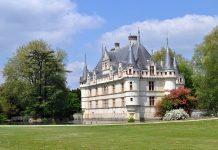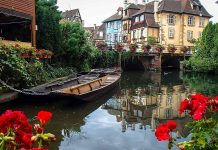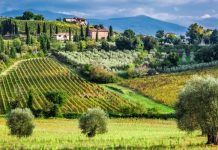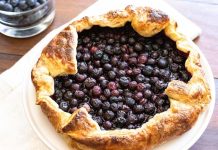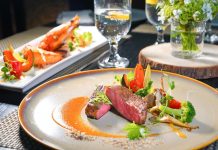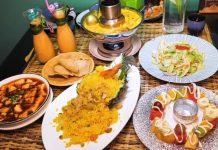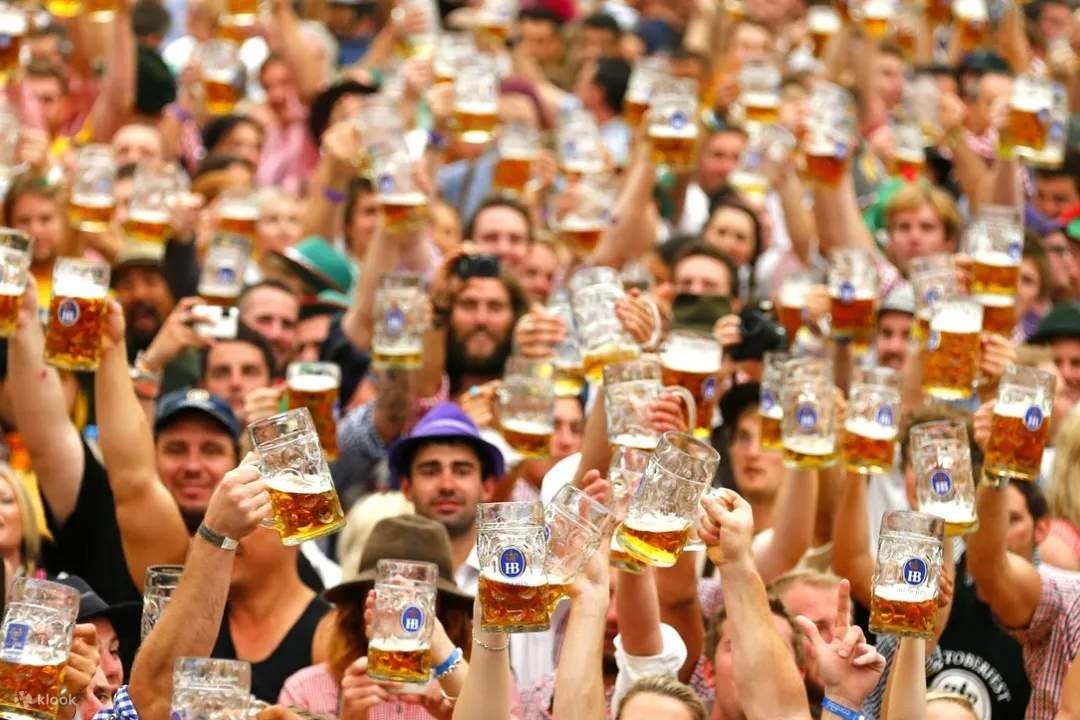
Oktoberfest in Munich: Beyond Beer to Bavarian Traditions
When people think of Oktoberfest, images of overflowing beer steins, boisterous crowds, and lederhosen-clad servers often come to mind. While beer is undoubtedly a central part of the festival, Munich’s Oktoberfest is much more than just a drinking celebration—it’s a vibrant showcase of Bavarian culture, history, and traditions.
From folk music and traditional costumes to historical parades and mouthwatering cuisine, Oktoberfest offers a deep dive into Bavaria’s rich heritage. Let’s explore the festival beyond the beer tents and discover the authentic traditions that make this event a global phenomenon.
1. The Origins of Oktoberfest: A Royal Celebration
Oktoberfest traces its roots back to October 12, 1810, when Crown Prince Ludwig (later King Ludwig I) married Princess Therese of Saxony-Hildburghausen. The citizens of Munich were invited to celebrate the royal wedding with horse races, feasts, and festivities held on the fields outside the city gates—now known as Theresienwiese (“Theresa’s Meadow”), or simply “Wiesn” in Bavarian dialect.
The horse races became an annual tradition, and over time, beer stands, amusement rides, and agricultural fairs were added, evolving into the modern Oktoberfest we know today.
2. Traditional Bavarian Clothing: Dirndls & Lederhosen
One of the most visually striking aspects of Oktoberfest is the traditional attire worn by attendees:
- Dirndl – A dress consisting of a bodice, blouse, full skirt, and apron, originally worn by Alpine peasant women. Today, dirndls range from simple designs to elaborate, high-fashion versions.
- Lederhosen – Leather breeches traditionally worn by Bavarian men, often paired with checkered shirts, suspenders, and woolen socks.
Fun Fact: The way a woman ties her dirndl apron can indicate her marital status:
- Bow on the left = Single
- Bow on the right = Married or in a relationship
- Bow in the front center = Virgin (rarely used today)
- Bow at the back = Widow or waitress
3. The Grand Opening: The Oktoberfest Parade
Before the beer starts flowing, the festival officially kicks off with the Costume and Riflemen’s Parade (Trachten- und Schützenzug) on the first Sunday. Over 9,000 participants march through Munich in historical costumes, including:
- Bavarian folk groups in traditional dress
- Horse-drawn brewery wagons carrying beer barrels
- Brass bands playing festive music
- Marksmen’s clubs (Schützenvereine) in historic uniforms
This spectacular procession highlights Bavaria’s regional diversity and historical pride.
4. The Beer Tents: More Than Just Drinking
While beer is a major attraction, the festival tents (Festzelte) are cultural hubs where Bavarian traditions come alive:
- O’zapft is! (“It’s tapped!”) – The mayor of Munich opens the first beer keg at noon on the first day, officially starting the festivities.
- Live Music – Each tent has its own brass band playing folk music (Volksmusik) and international hits. Crowds often stand on benches to sing and dance.
- Giant Pretzels & Roast Chicken – No Oktoberfest experience is complete without Hendl (roast chicken), Schweinshaxe (pork knuckle), and Brezn (pretzels).
Must-Visit Tents:
- Hofbräu-Festzelt – The most international tent, famous for its lively atmosphere.
- Schottenhamel – Where the first keg is tapped.
- Augustiner-Festhalle – Serves beer from wooden barrels, preferred by locals.
- Weinzelt – A wine tent for those seeking alternatives to beer.
5. Traditional Bavarian Entertainment
Beyond the tents, Oktoberfest offers a variety of cultural experiences:
Folk Dancing & Music
- Schuhplattler – A traditional Bavarian slap dance performed in lederhosen.
- Yodeling – Alpine singing that echoes through the festival grounds.
Amusement Rides & Games
- The Ferris Wheel – Offers panoramic views of the festival.
- Krinoline (Old-Time Carousel) – A nostalgic ride dating back to the 1920s.
- Teufelsrad (“Devil’s Wheel”) – A hilarious audience-participation game where people try to stay on a spinning platform.
6. Family Days & Cultural Exhibitions
Oktoberfest isn’t just for adults—Tuesdays are Family Days, with discounted rides and a kid-friendly atmosphere. Other cultural highlights include:
- The Agricultural Show (Oide Wiesn) – A nostalgic section featuring historical rides, crafts, and farming exhibits.
- Church Service at the Bavaria Statue – Held on the first festival day, reminding attendees of Oktoberfest’s historical roots.
7. The Quiet Side of Oktoberfest: Morning Visits
For a more relaxed experience, visit before noon:
- Less crowds in the beer tents.
- Breakfast Weisswurst (white sausage) with sweet mustard and pretzels.
- Explore the festival grounds without the evening rush.
Conclusion: A Celebration of Bavarian Heritage
Oktoberfest is more than just beer—it’s a living museum of Bavarian traditions, from historical parades and folk dances to hearty cuisine and centuries-old attire. Whether you’re clinking steins in a bustling tent or admiring the craftsmanship of a dirndl, the festival offers a deep connection to Germany’s cultural soul.
Prost to an authentic Oktoberfest experience! 🍻🎪


